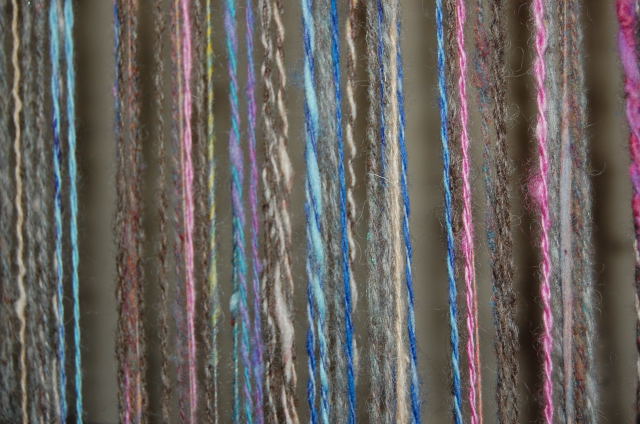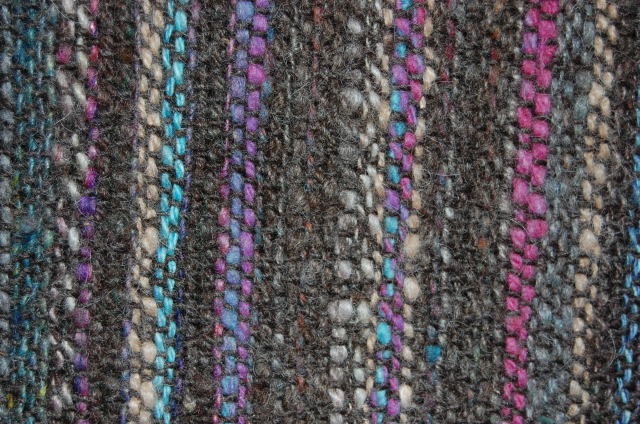I haven't written about weaving lately, but I'm still working at the loom. I have orders from 3 regular customers for 9 baby blankets. I just finished a warp with 10 blankets.

Last week I finished an order for wool throws. This customer had her yarn spun at Yolo Wool Mill and wanted 5 different blankets. Sometimes it is necessary to add a lot of spinning oil to the wool during processing. The yarn isn't very appealing in that state, but woven blankets aren't truly finished until they are 'wet finished'. In wet finishing the oil is removed and the blanket is fulled. Take a look at the before and after photos of these blankets.

I calculated a sett of 5.5 epi. I used a 6-dent reed and left every 12th dent open. After I started weaving I worried that you would see that empty space in all 5 blankets and that would distract from the woven pattern. I didn't need to worry. In the photo below you can sort of see that line, but when you see the blanket you focus on the diagonal twill and don't even notice the vertical line.



Above is the before and after of another twill blanket.

Plain weave. Before fulling is above and after fulling is below.


This is one of my favorite weave structures. I was concerned about the finishing of this blanket. The yarn that I got from the mill was on cones and in skeins. The skeined yarn was so much oilier than the coned yarn it almost seemed to be a different batch. You can see the difference in the photo. In fact, there was so much tacky grease that I had to pull a length of yarn out of the shuttle with every pass or my end-feed shuttle would go flying off the loom (guess that's because I have a fly-shuttle loom!) because the yarn wouldn't feed out properly. I was relieved after I washed the blanket that there was no difference in the fulling of the two yarns.

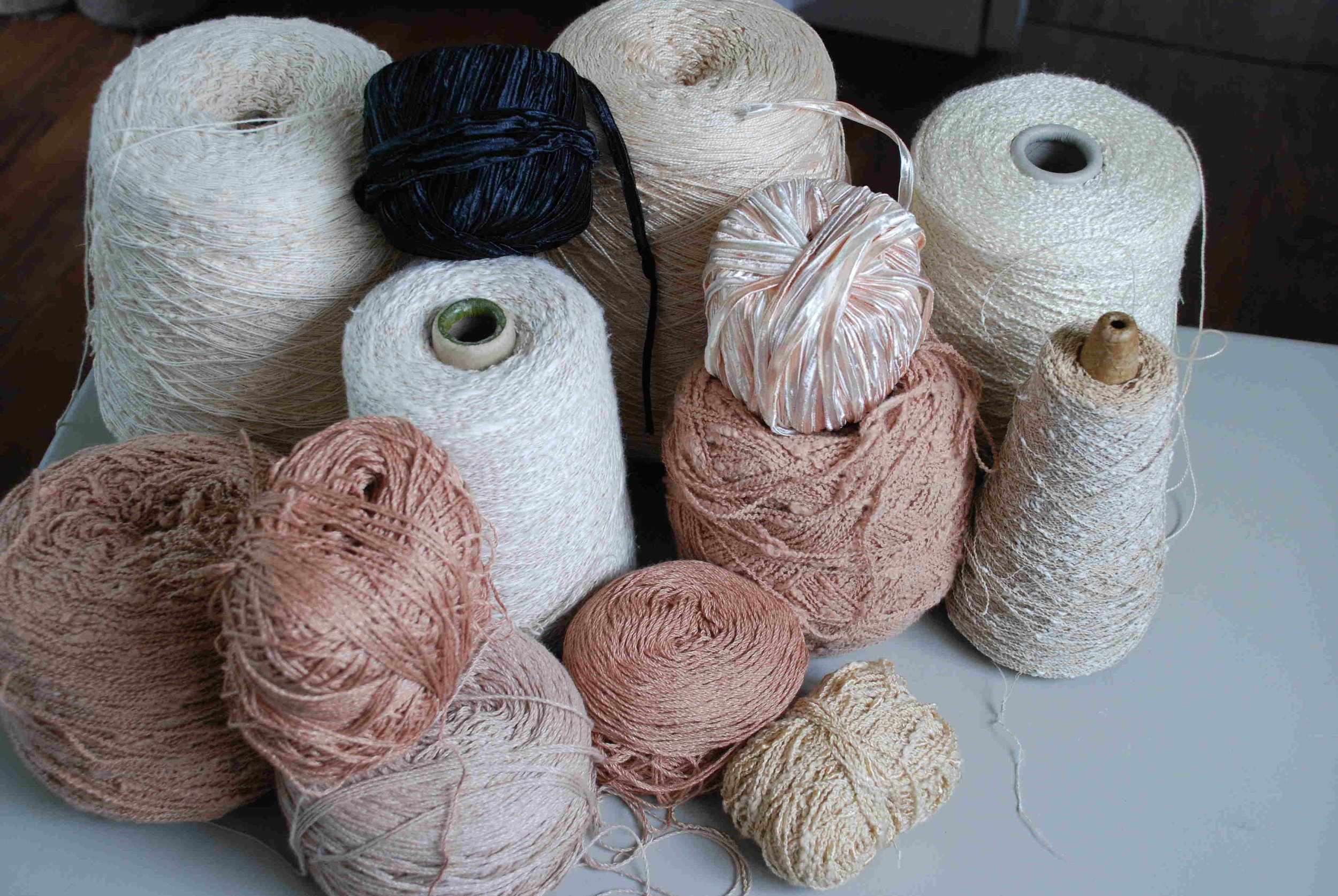




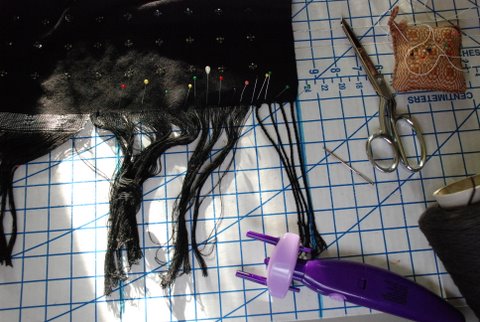

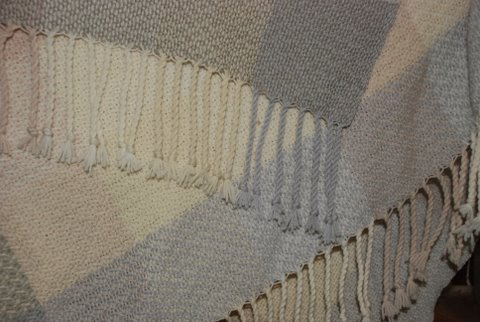
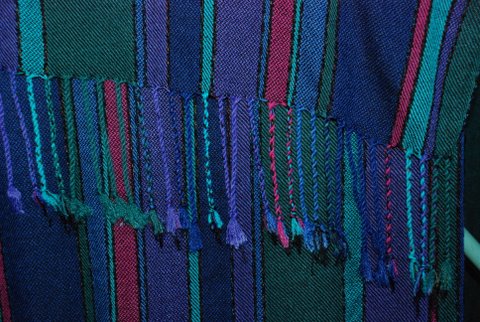
















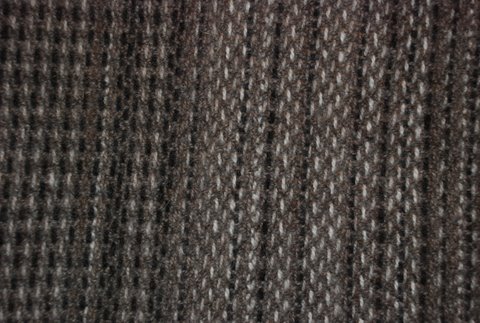
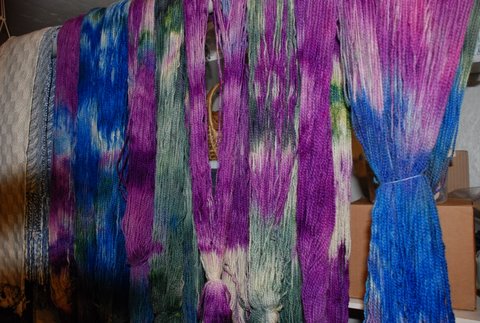
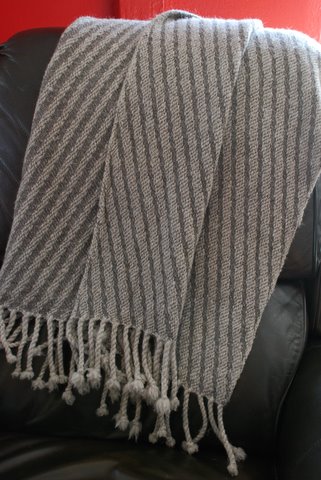
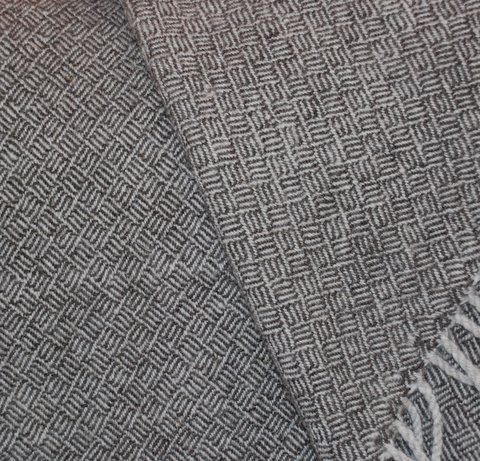
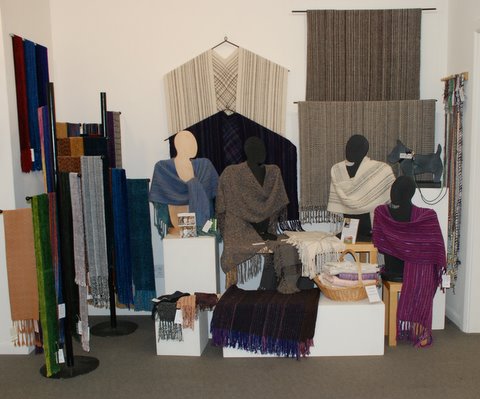


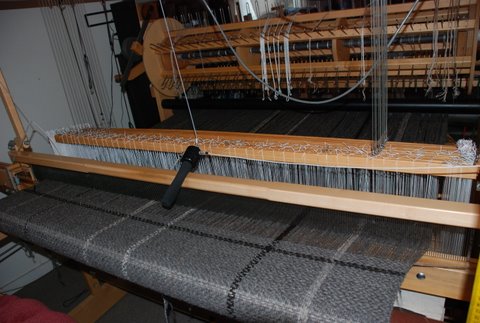
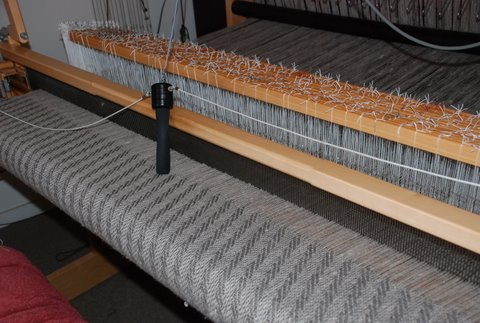

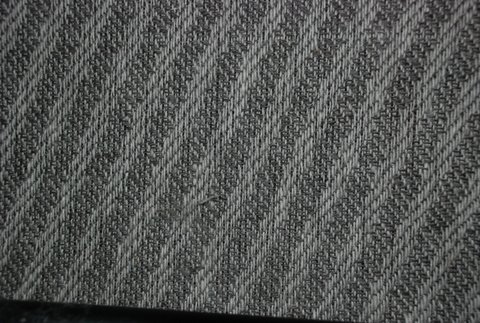

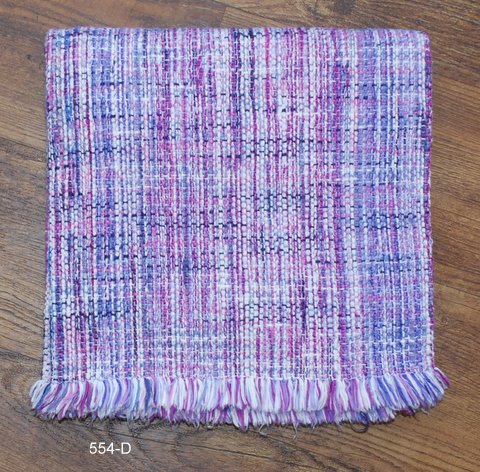



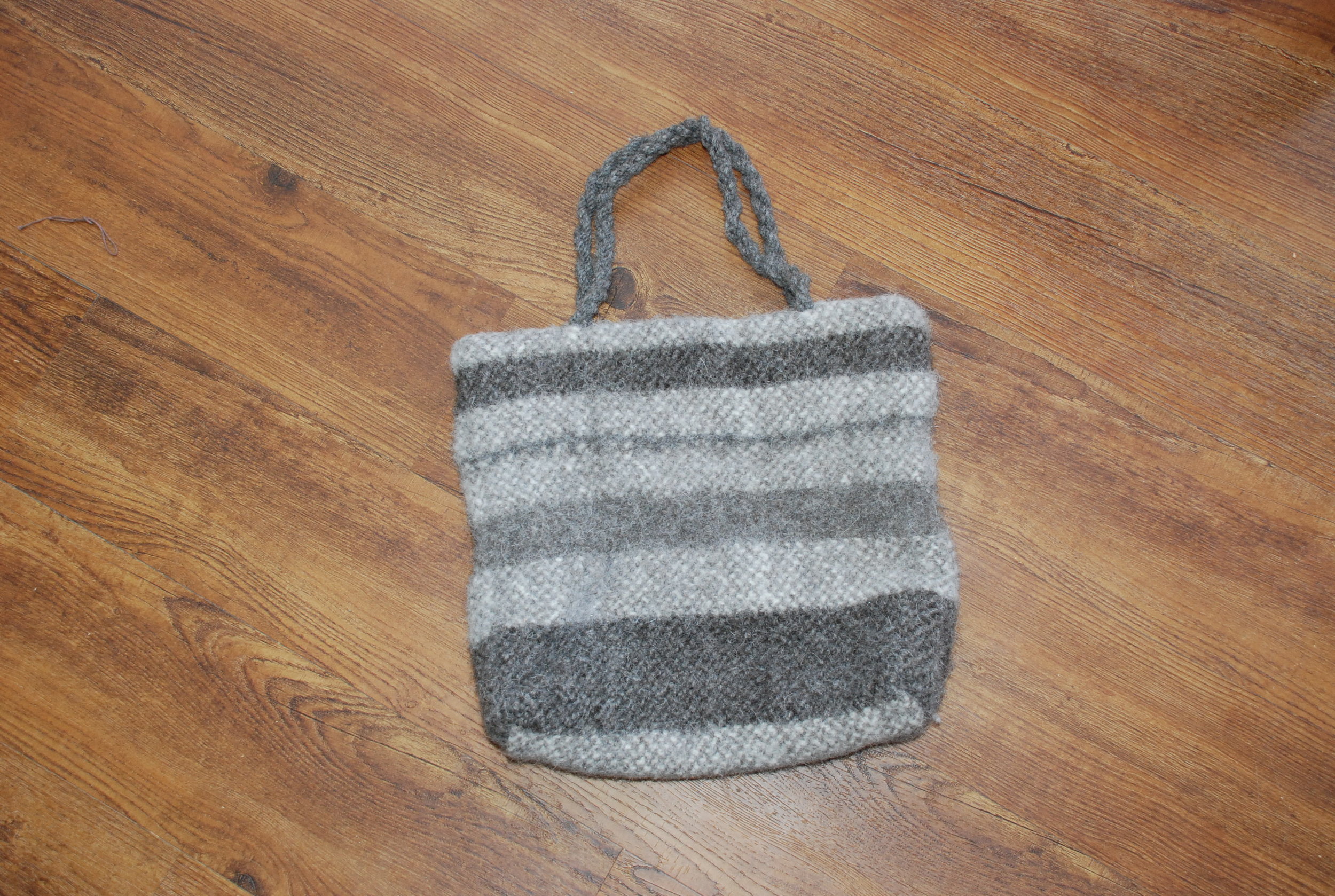
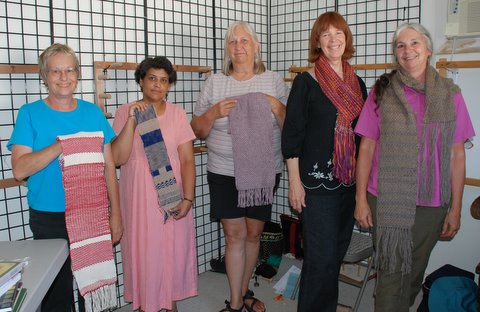
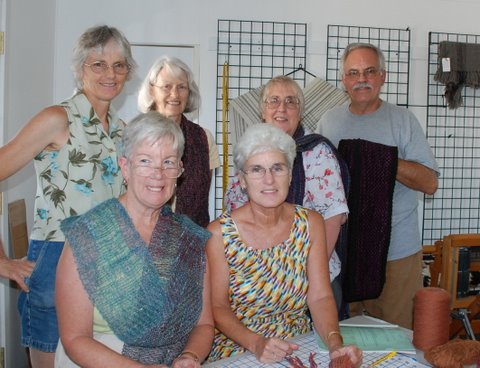
 I have started to work on the projects that are backed up from BBA (before broken arm). This is a Jacob wool blanket for a local Jacob breeder. The wool was spun at Yolo Wool Mill. It's very open right now at 4 epi but I have notes from the last blanket I did using this yarn and the blanket came out great. I'm keeping my fingers crossed. But now I'll have to wait a week (at least). I'm leaving in the morning for Michigan and Vermont! I'll take photos!
I have started to work on the projects that are backed up from BBA (before broken arm). This is a Jacob wool blanket for a local Jacob breeder. The wool was spun at Yolo Wool Mill. It's very open right now at 4 epi but I have notes from the last blanket I did using this yarn and the blanket came out great. I'm keeping my fingers crossed. But now I'll have to wait a week (at least). I'm leaving in the morning for Michigan and Vermont! I'll take photos!